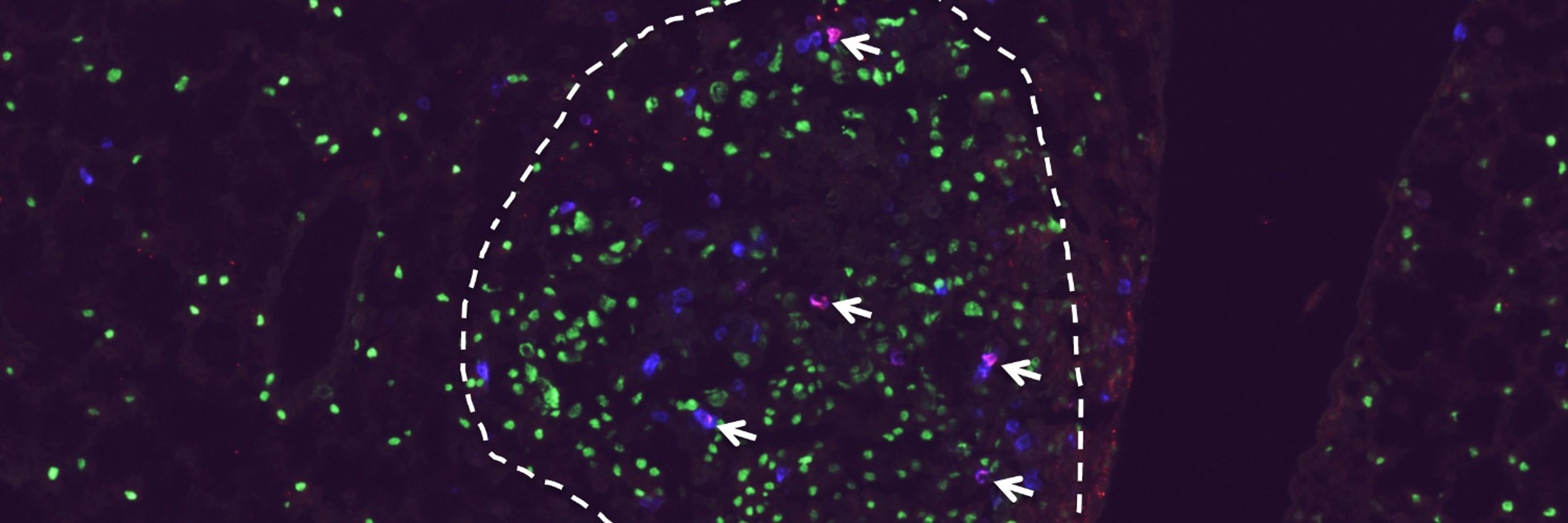

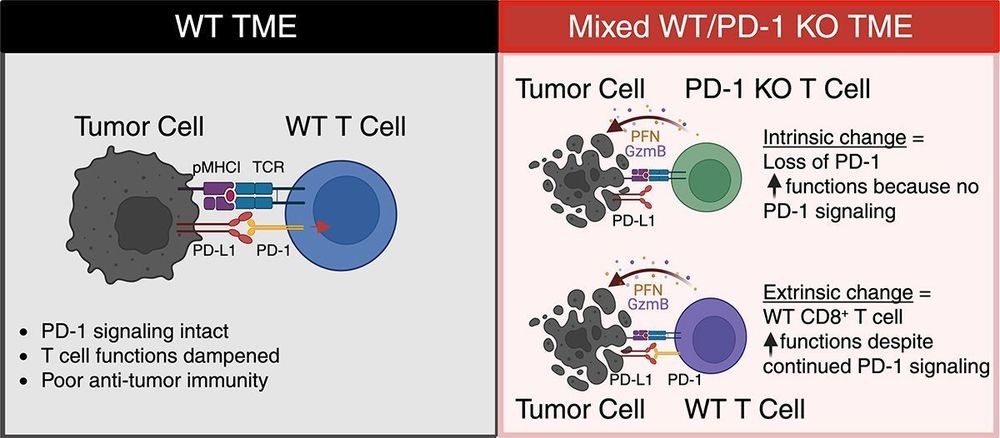
Thank you to the Sabin Family Fellowship for supporting the next generation of innovators. http://spr.ly/633254IbgR #EndCancer
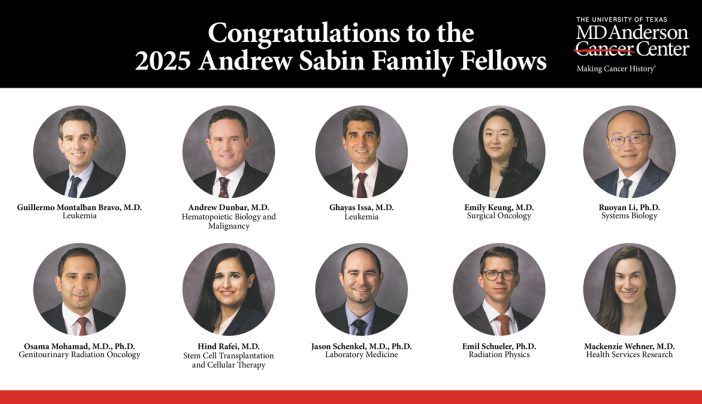
Thank you to the Sabin Family Fellowship for supporting the next generation of innovators. http://spr.ly/633254IbgR #EndCancer
www.biorxiv.org/content/10.1...

www.biorxiv.org/content/10.1...
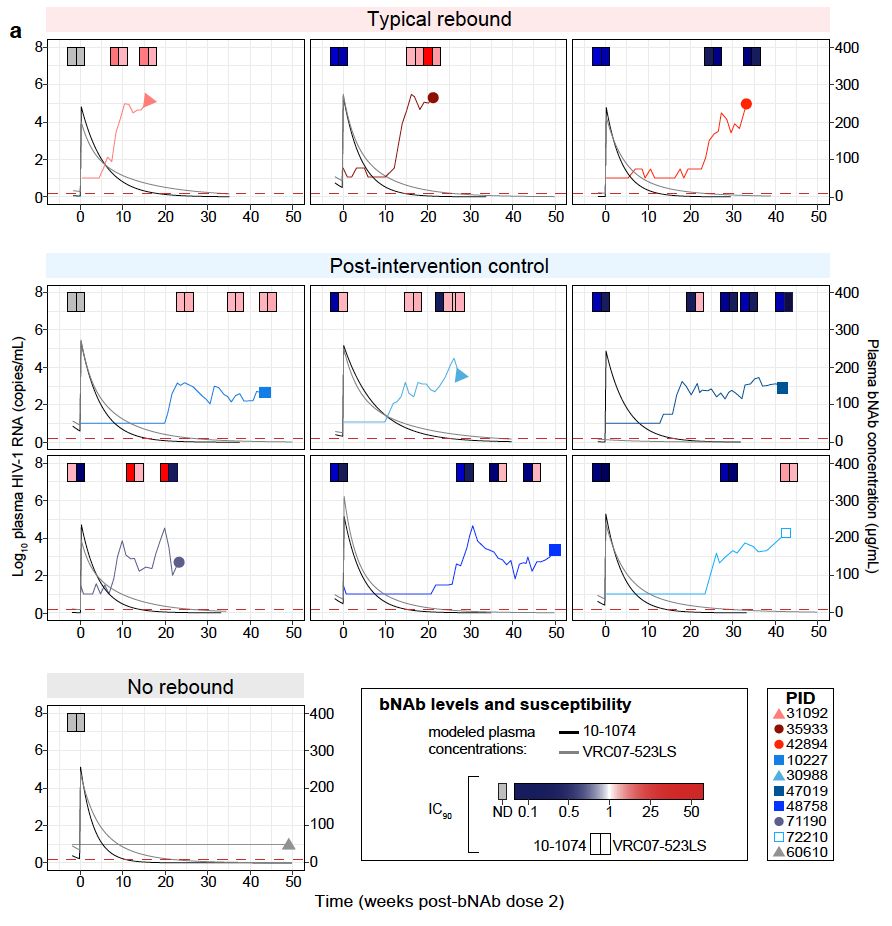


doi.org/10.1093/jimm...
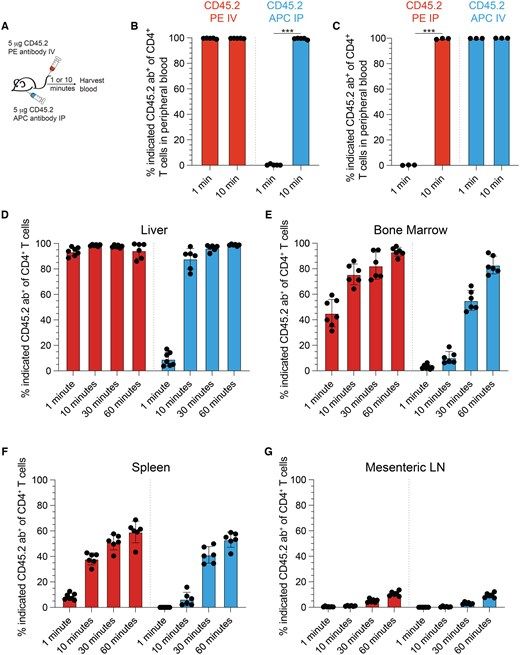
doi.org/10.1093/jimm...
This is an immediate follow up to the lab’s first paper from last year. We again thank @jimmunol.bsky.social for a smooth, efficient, and wonderfully fair review process. 1/n


This is an immediate follow up to the lab’s first paper from last year. We again thank @jimmunol.bsky.social for a smooth, efficient, and wonderfully fair review process. 1/n
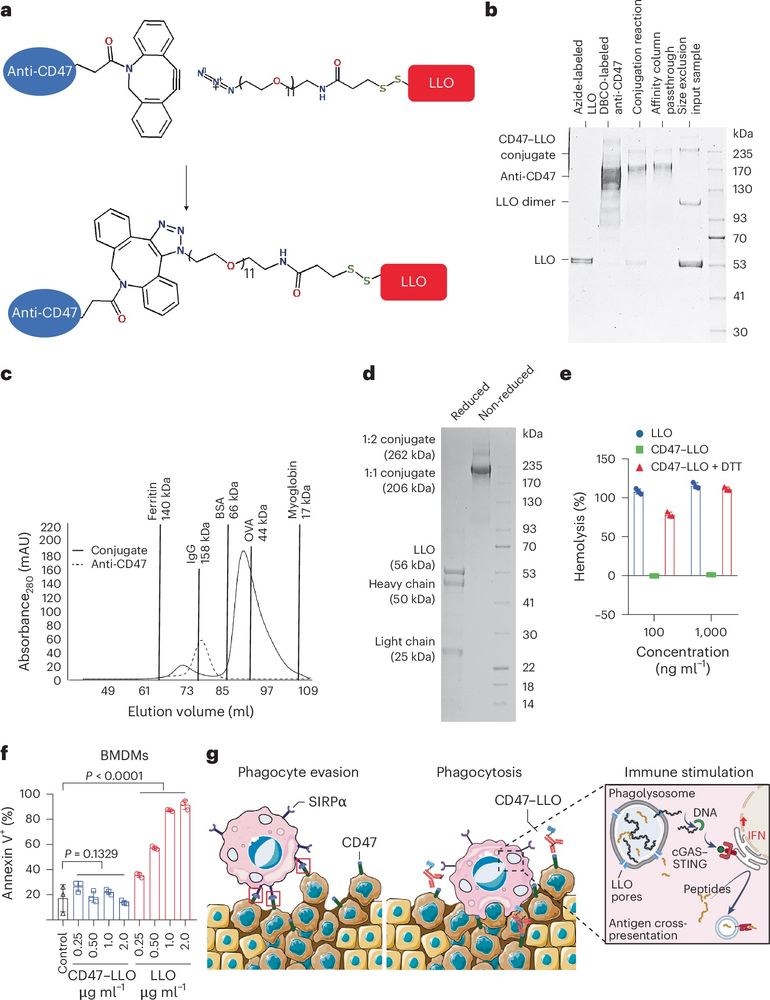
academic.oup.com/immunohorizo...
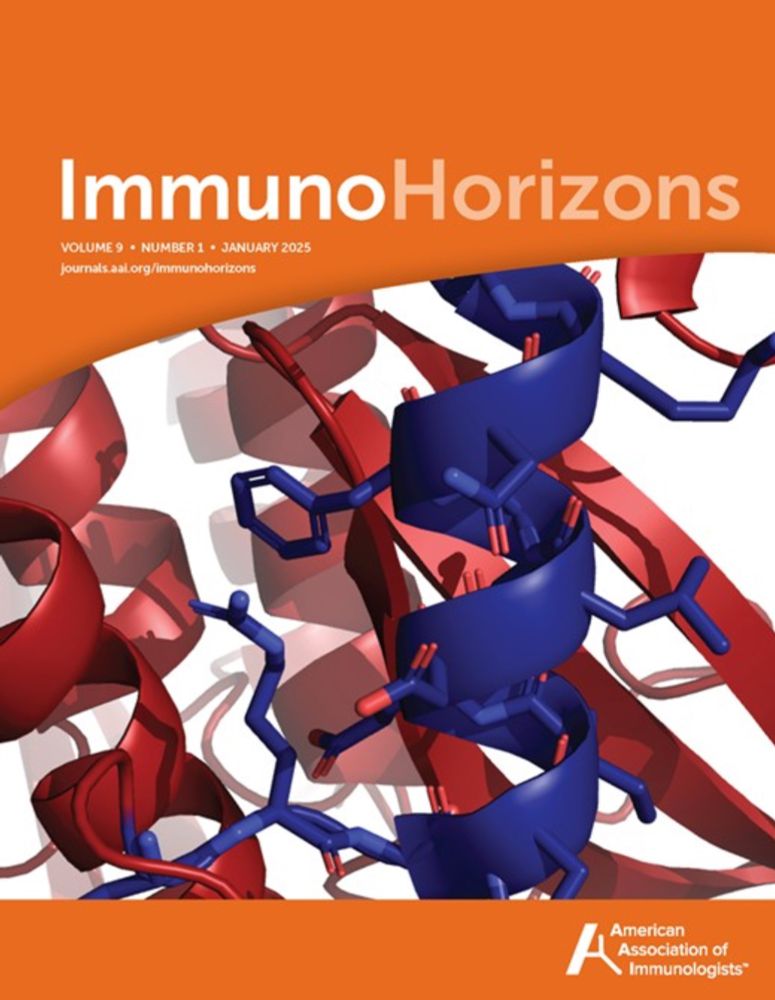
academic.oup.com/immunohorizo...
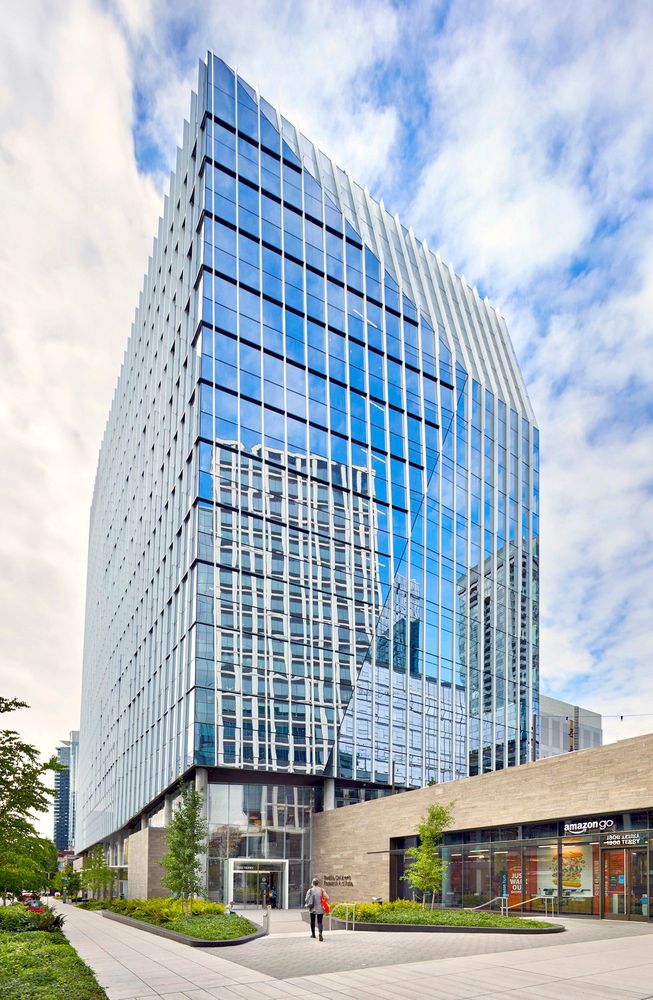
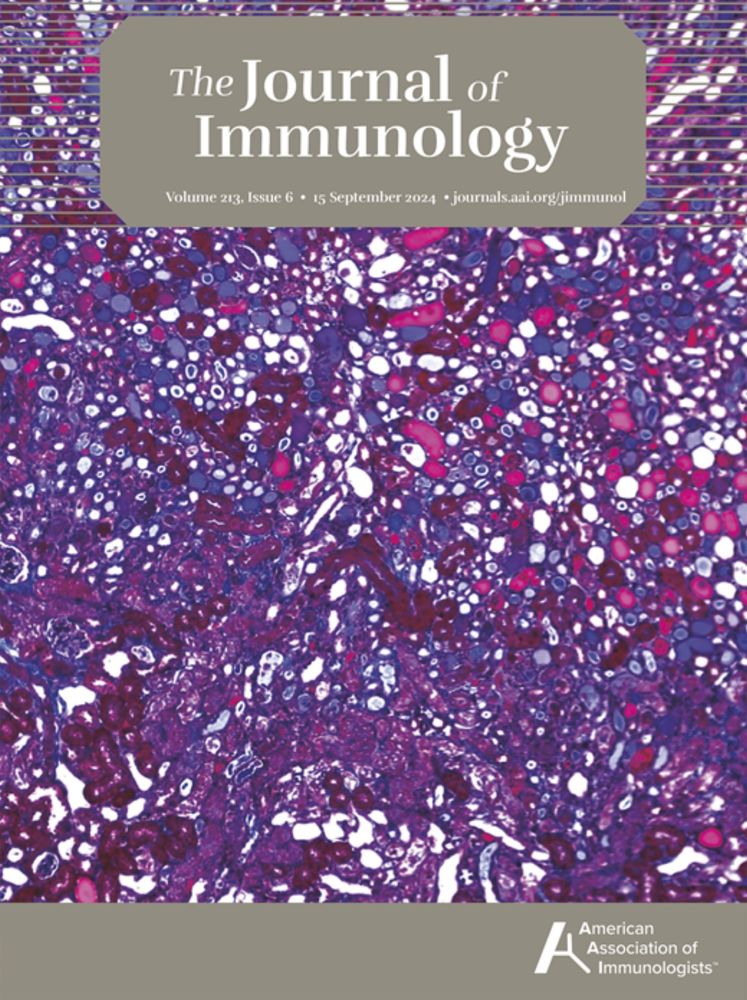

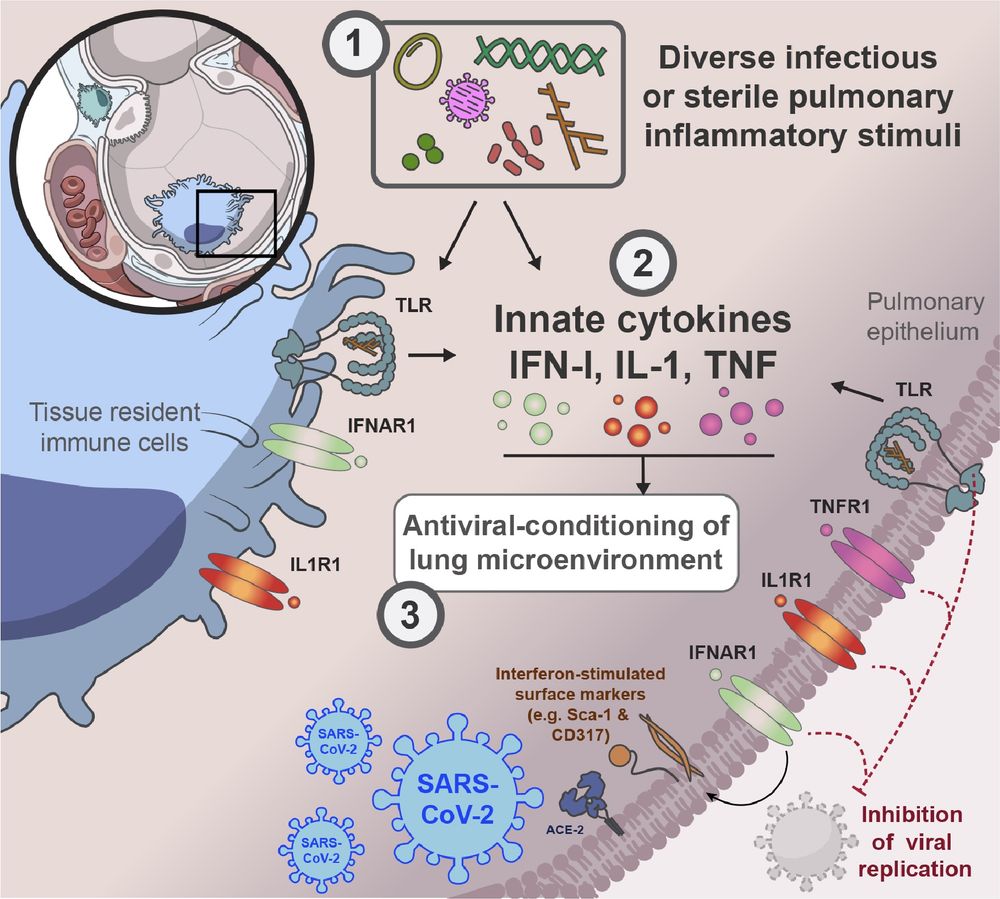
Sharing our latest review article to highlight the importance of appropriately developing combination strategies for immune checkpoint therapy. Grateful for working with 3 brilliant scientists: Sangeeta Goswami, Kristen Pauken & Linghua Wang
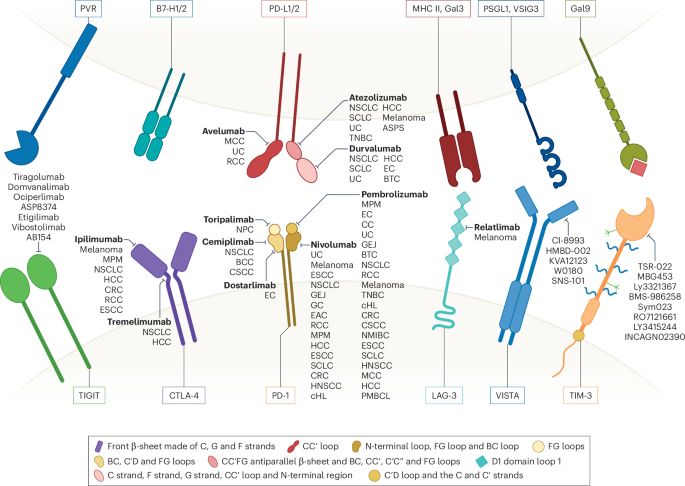
Sharing our latest review article to highlight the importance of appropriately developing combination strategies for immune checkpoint therapy. Grateful for working with 3 brilliant scientists: Sangeeta Goswami, Kristen Pauken & Linghua Wang

